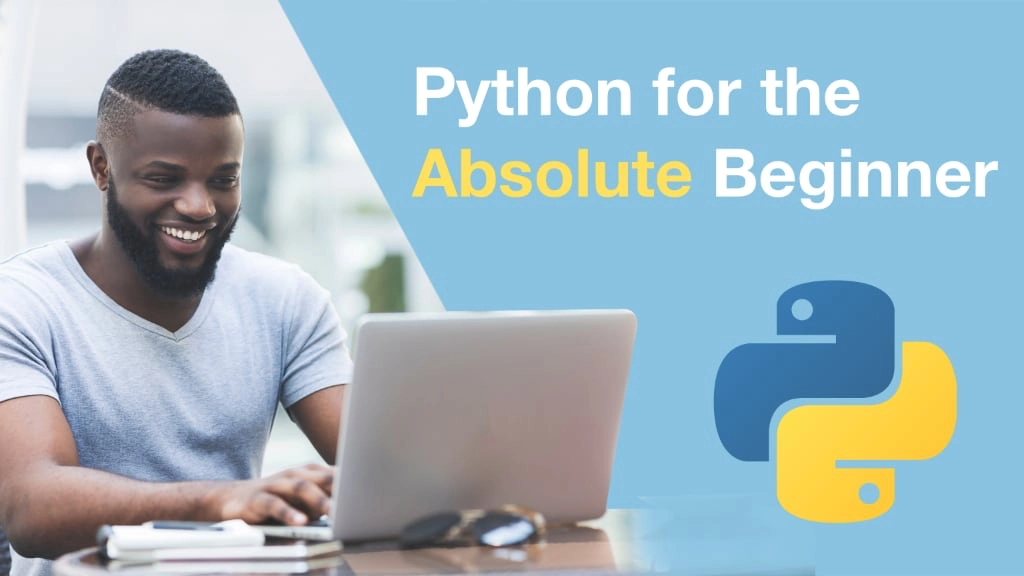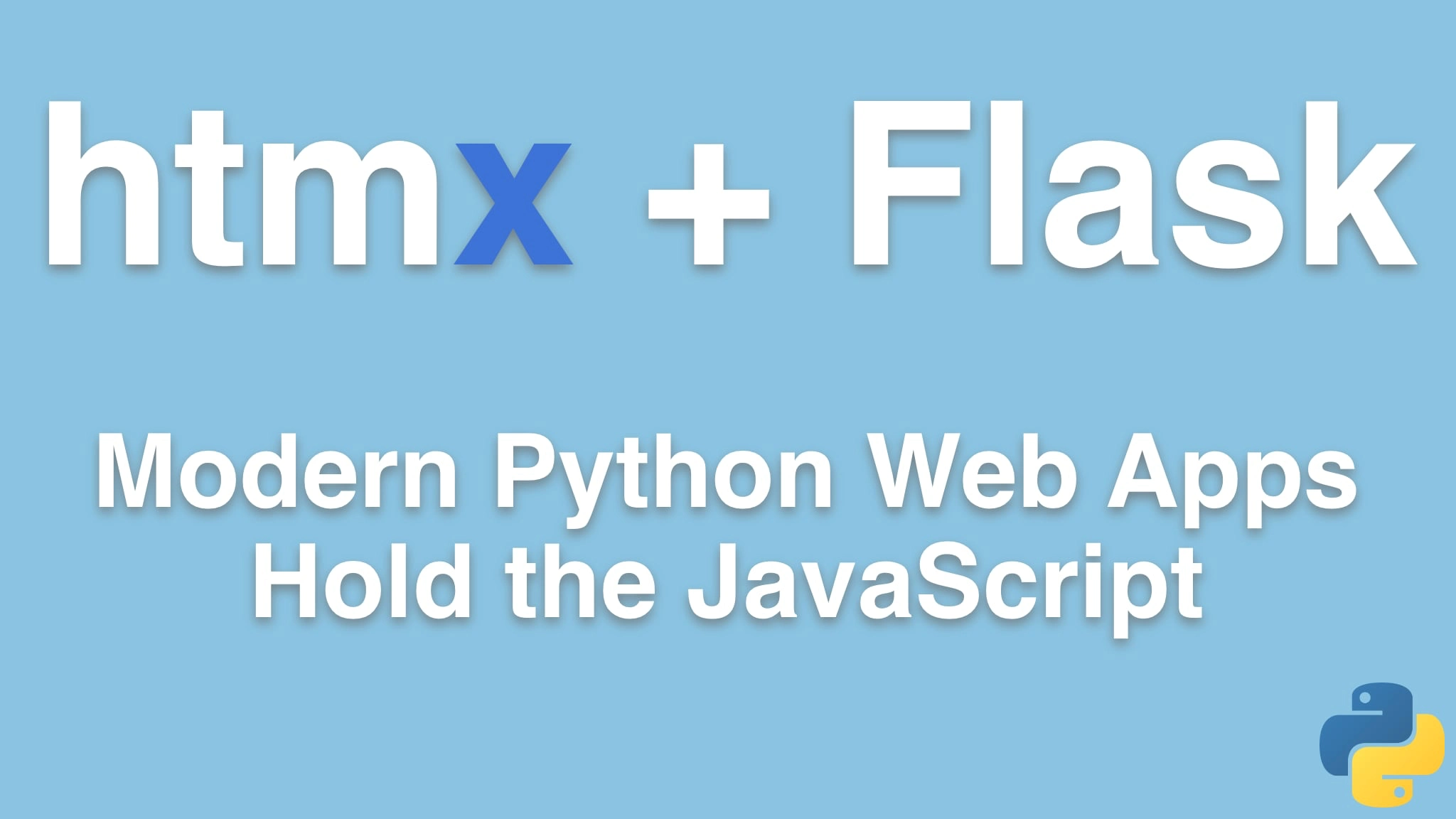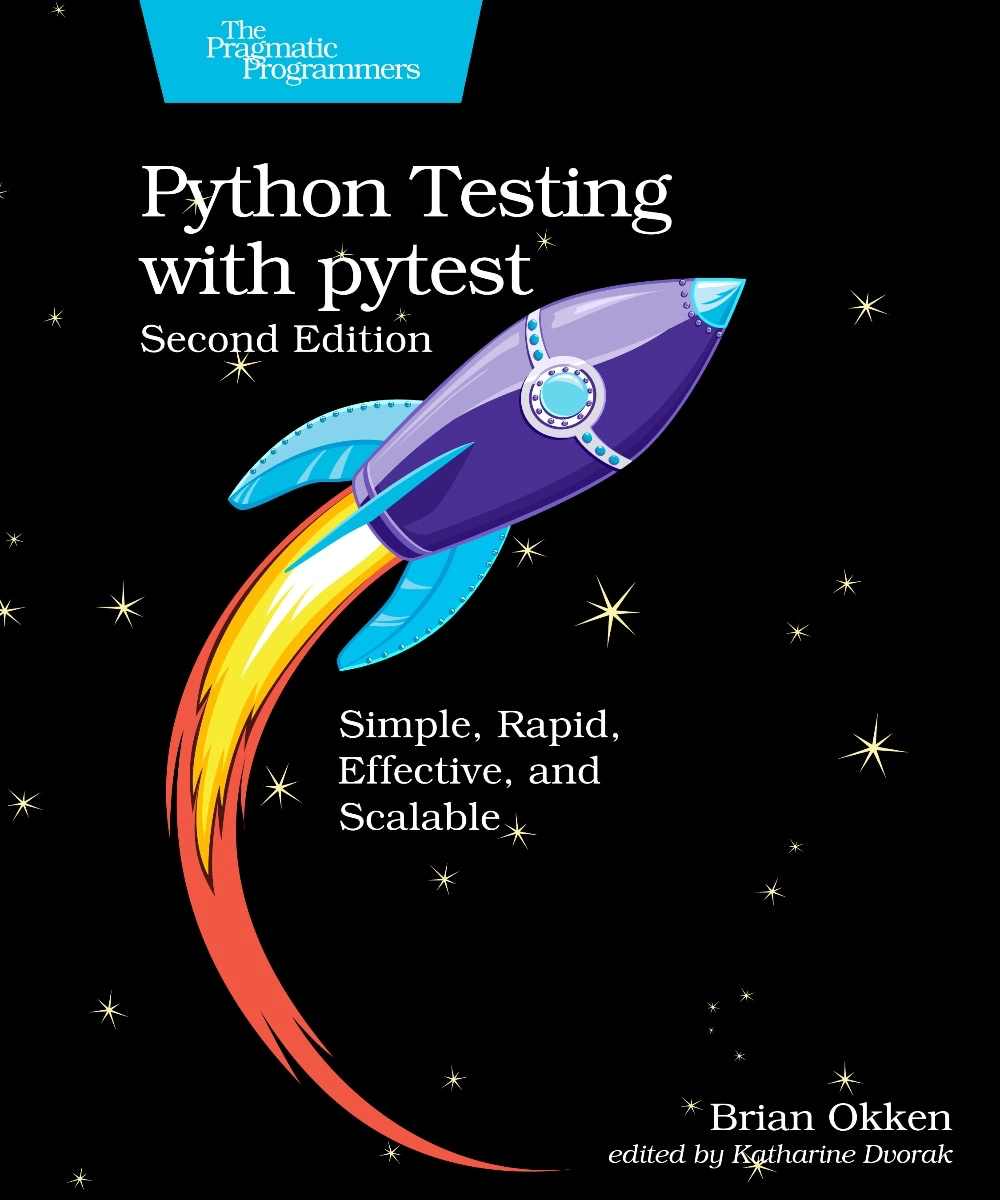#304: Build your own text adventure language in Python
Published Wed, Oct 5, 2022,
recorded Wed, Oct 5, 2022
About the show
Sponsored by Compiler Podcast from RedHat
Brian #1: Ten tasty ingredients for a delicious pull request
- on wagtail blog, from LB
- Great tips for helping out with open source projects.
- But even for closed source, there’s good stuff there to know for people transitioning to single person projects to working on a team.
- The tips
- Read the [development] instructions. The contributing guide, etc.
- Read the issue and comments
- Create a fresh branch for your contribution
- Keep the changes focused
- Write unit tests
- also, extending tests for untested or under-tested features are a great way to contributes
- Give your pull request a name with context
- Reference the issue being fixed or resolved in the pull request
- Review & fix the CI failures
- Push to the same branch with fixes and do not open a new pull request
- Be patient. (Article lists this as “Eagerness balanced with patience”).
Michael #2: textX
- via Rhet Turnbull
- textX is a meta-language for building Domain-Specific Languages (DSLs) in Python. It is inspired by Xtext.
- In a nutshell, textX will help you build your textual language in an easy way. You can invent your own language or build a support for already existing textual language or file format.
- From a single language description (grammar), textX will build a parser and a meta-model (a.k.a. abstract syntax) for the language
Brian #3: Reasoning about asyncio.Semaphore
- Guido van Rossum
- Article uses a fast food restaurant analogy to reason about concurrency, asyncio, locks, and semaphores.
- A lock is like a single table restaurant with buzzers handed out to people waiting.
- A semaphore is like the same thing but with more than one table.
- Great discussion of the complexities of the Semaphore implementation.
- Also of concurrency.
- But almost as important, it’s an excellent example of utilizing a fairly easy to visualize analogy to reason about a complex problem. It also hits parts of the problem difficult to fit into the analogy, and pragmatically abandons the analogy when necessary.
Michael #4: Turnstile
- A user-friendly, privacy-preserving alternative to CAPTCHA
- I created a Python library based on Pydantic to validate the forms: turnstile.py (should I make this proper package and GitHub repo?)
Extras
Brian:
- Choosing a place to host your Python application.
- Kicking around the idea of starting cohort based pytest training, possibly starting mid Dec.
- Please let me know if you think this is a good idea and you might be interested.
- message me @brianokken
Michael:
- Cppfront project aims to modernize C++
- New pyscript (will cover in more depth soon)
- NextDNS follow up
- https://nextdns.io/
- Yes, it’s basically PiHole in the Cloud with tons of options
- Currently outdoing my NordVPN protections
- Try with https://adblock-tester.com
- Had to manually set DNS-over-HTTPS in Vivaldi to work with VPN
- Add additional blocking lists
- Got a Feather ESP32-S2 and put CircuitPython on it
Joke: Getting help with code






